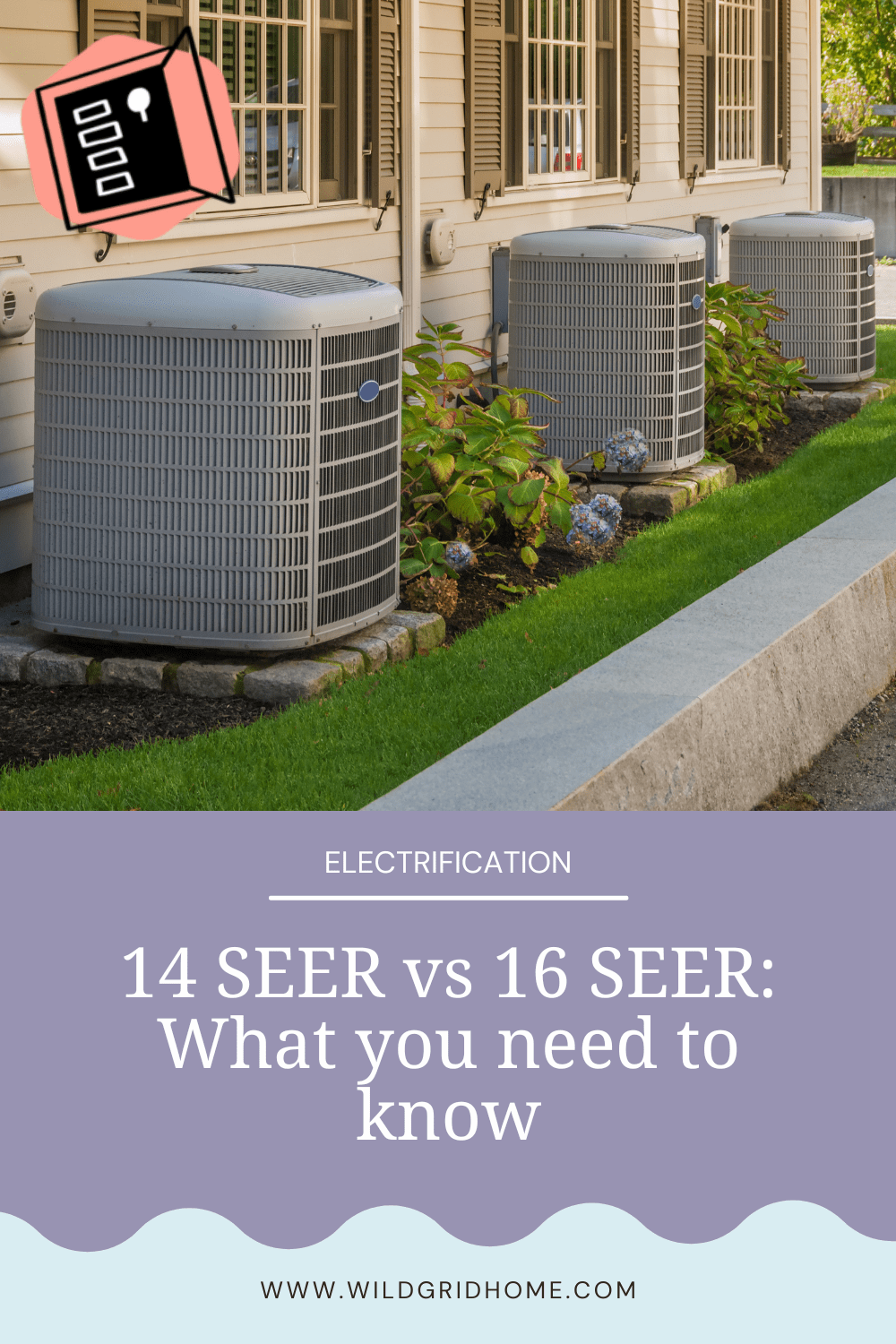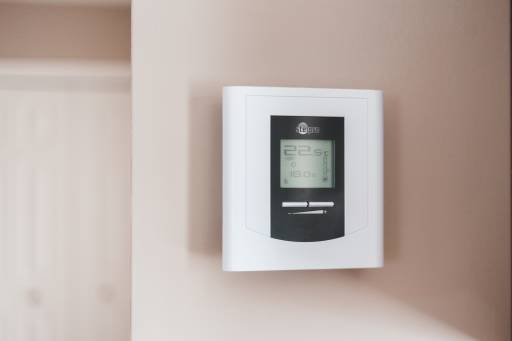14 SEER vs 16 SEER: What you need to know
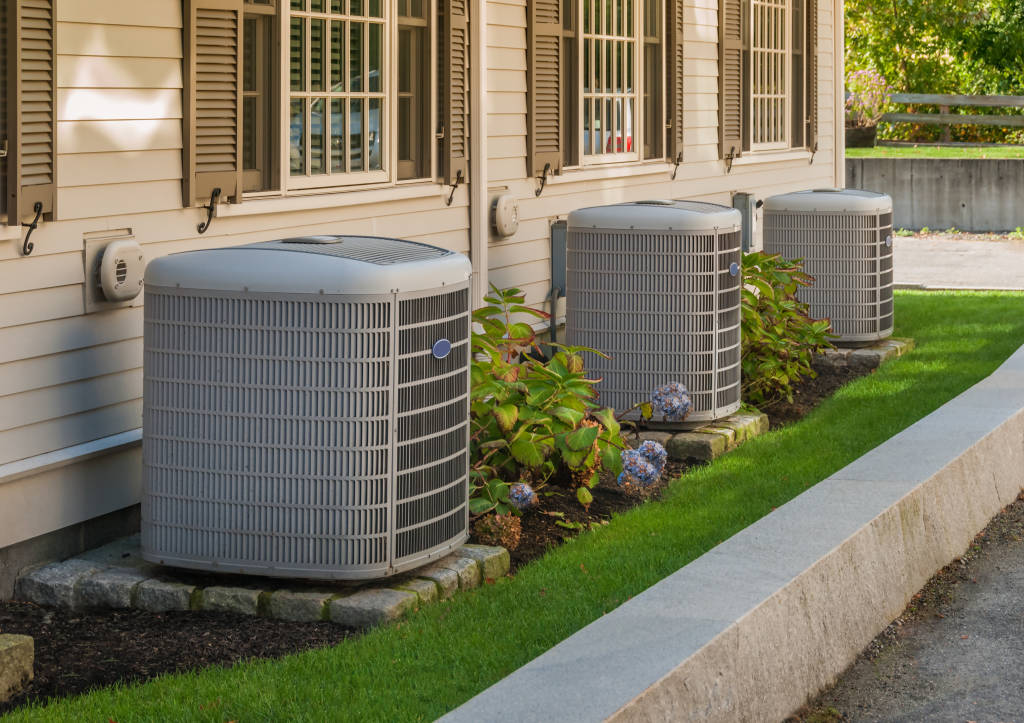
If you're contemplating the replacement of your air conditioner, the abundance of brands and information available might leave you feeling overwhelmed. 14 SEER vs 16 SEER…
What does that even mean?!
So let's talk SEER, which stands for Seasonal Energy Efficiency Rating. But what exactly are they and do they really matter? The answer is yes, they do matter AND they have the potential to help you conserve energy and reduce expenses on your utility bills. 💰
What are SEER ratings?
SEER represents the cooling output of an air conditioner divided by the electrical energy input over a typical cooling season. Chances are, you've encountered SEER ratings without even being aware of it.
These ratings are often displayed on the yellow and black EnergyGuide sticker, usually found on the exterior of the unit. SEER ratings serve as a measure of energy efficiency.
In the realm of air conditioning, SEER ratings span from 13 to 26. As you move higher on the scale, the appliance becomes more energy efficient. Consequently, higher SEER ratings tend to translate into greater savings on utility bills!
You will commonly come across two SEER ratings: 14 and 16.
The difference between 14 SEER and 16 SEER is pretty simple: units with a SEER rating of 14 feature a one-stage compressor. However, for ratings above 16, you have the option to choose between a one-stage compressor or a two-stage compressor.
One-stage compressors consistently run at maximum power, whereas two-stage compressors function at two distinct capacities. A two-stage compressor possesses both a "medium" and a "high" capacity. The "medium" capacity is employed when there is a moderate cooling demand in your home, while the "high" capacity is exclusively activated during extremely hot weather conditions. Switching between the two stages helps the unit from overworking itself and in turn last longer.
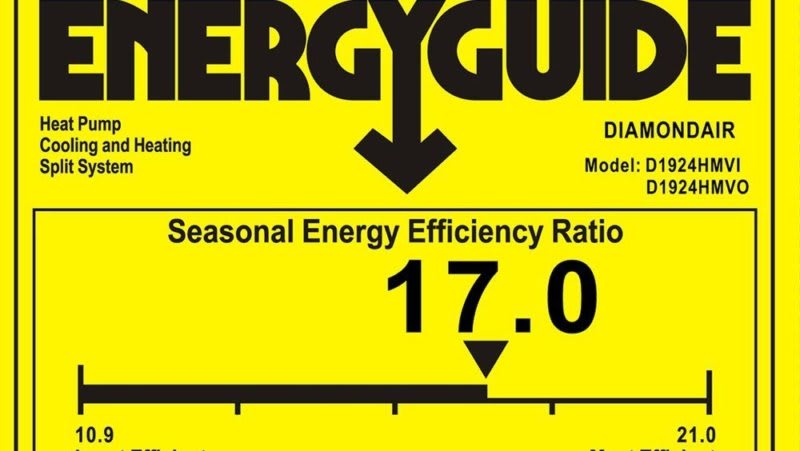
Why does SEER rating matter?
The SEER rating matters because it directly impacts the energy efficiency of your air conditioner. When you choose an air conditioner with a higher SEER rating, you can expect it to operate more efficiently and effectively. Here are a few reasons why the SEER rating is significant:
⚡ Higher SEER ratings indicate greater energy efficiency. This means the unit can your space using electricity, which translates to reduced energy consumption and lower utility bills over time.
💵 It will save you money in the long run. While units with higher SEER ratings may have a higher upfront cost, the long-term savings in energy expenses can outweigh the initial investment. Over time, the energy savings can help offset the higher purchase price.
🌎 It will help you reduce your environmental impact. Choosing a high SEER-rated air conditioner can contribute to reducing your carbon footprint. By consuming less energy, these units help conserve natural resources and decrease greenhouse gas emissions associated with electricity generation.
😌 Improve at-home comfort and performance. Air conditioners with higher SEER ratings often come with advanced features, such as variable-speed motors or two-stage compressors. These technologies allow the unit to operate more quietly, maintain more consistent temperatures, and better control humidity levels in your home. This improves overall comfort and enhances the performance of the air conditioning system.
Overall, the SEER rating matters because it directly affects energy efficiency, cost savings, environmental impact, and the overall performance of your air conditioner. By selecting a higher SEER-rated unit, you can enjoy greater efficiency, save money on utility bills, reduce your environmental footprint, and enhance your indoor comfort.
How to do you know which SEER rating to choose?
OK, now you're probably asking “is 16 SEER worth the extra money?” or maybe “is 14 seer good enough for me?” Let's figure it out.
Because choosing the SEER rating that’s right for you is important. It can help you optimize energy efficiency, resulting in long-term savings on your utility bill.
When searching for the ideal unit, you need to take into account your budget, location, and priorities. Once you figure this out, it makes making a decision much simpler.
Let's start by considering your location. Let's assume you live in Vegas, where summers can be scorching 🥵, with temperatures exceeding 100°F, and winters can be extremely cold, dropping below freezing. 🥶 Given these conditions, it is advisable to opt for an AC unit equipped with a two-stage compressor.
As previously mentioned, two-stage compressors facilitate the transition between two stages, preventing the unit from overexerting itself. Instead of running continuously on a single setting, it can switch between the two stages, adapting to varying demands.
If you live somewhere that is relatively cool most of the time, opting for the highest efficiency system may not be necessary. A 14 SEER unit may be all that you need! This is also a great option if you’re looking to spend less money, since price goes down with unit rating.
Finally, if budget is not a major concern, it’s recommended to select an air conditioning system that suits your specific location while offering maximum energy efficiency.
A good rule of thumb is to go with the rating that is most energy efficient but still within your budget. 👍
Keep in mind the long term benefits of choosing the right SEER rating for you home: lower utility bills, higher energy efficiency, and lower carbon footprint!
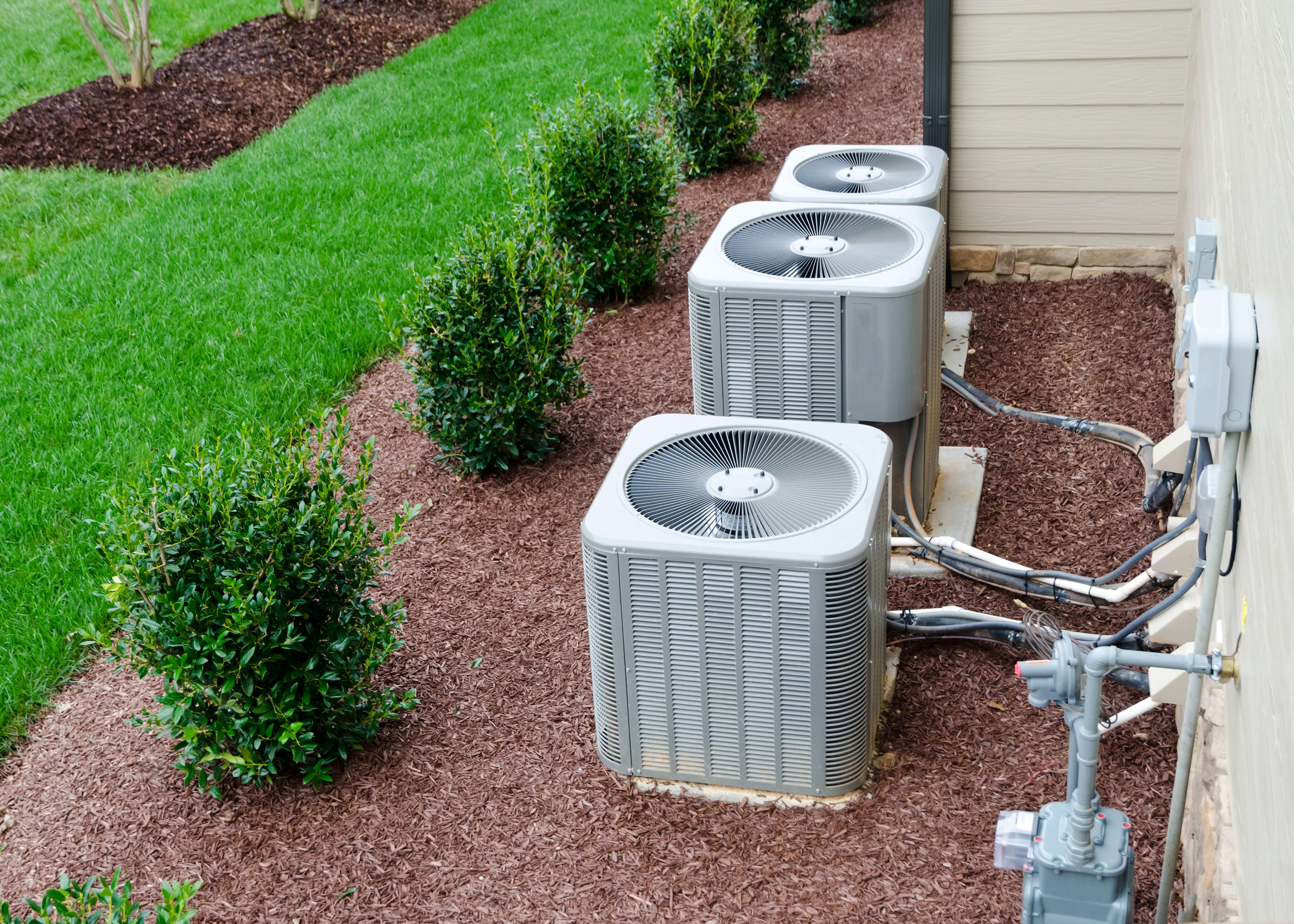
Is there really a difference between 14 SEER and 16 SEER?
Yes, there really is a difference! Besides the initial cost and savings on your utility bills aside, if we just consider the units themselves, their differences can significantly impact both their longevity and energy efficiency.
16 SEER units are super efficient because they’re made with more modern technology that makes them cost less to run. They also have two-stage compressors, which stop them from working too hard and make them even more efficient. On top of that, these units also run quieter and reduce humidity better than a 14 SEER unit.
14 SEER units are less efficient than 16 SEER unit, but are still a good options for homeowners on a budget. These units are much more affordable but are also compliant with minimum efficiency standards in Northern and Southern states.
The piece de resistance!
Understanding SEER ratings is essential when considering the replacement of your air conditioner. These ratings serve as a measure of energy efficiency, and higher SEER ratings can lead to significant long-term benefits, including lower utility bills, increased energy efficiency, and a reduced carbon footprint.
By taking into account factors such as budget, location, and priorities, you can make an informed decision on the ideal SEER rating for your specific needs. Whether you opt for a 14 SEER unit for affordability or a 16 SEER unit for enhanced efficiency and additional features like two-stage compressors, making the right choice can optimize comfort while minimizing costs.
Remember, selecting the appropriate SEER rating is not only about immediate savings but also about long-term energy efficiency and environmental sustainability.
Be sure to check out Wildgrid’s new home planning tool to see how much you can save! ❣️
